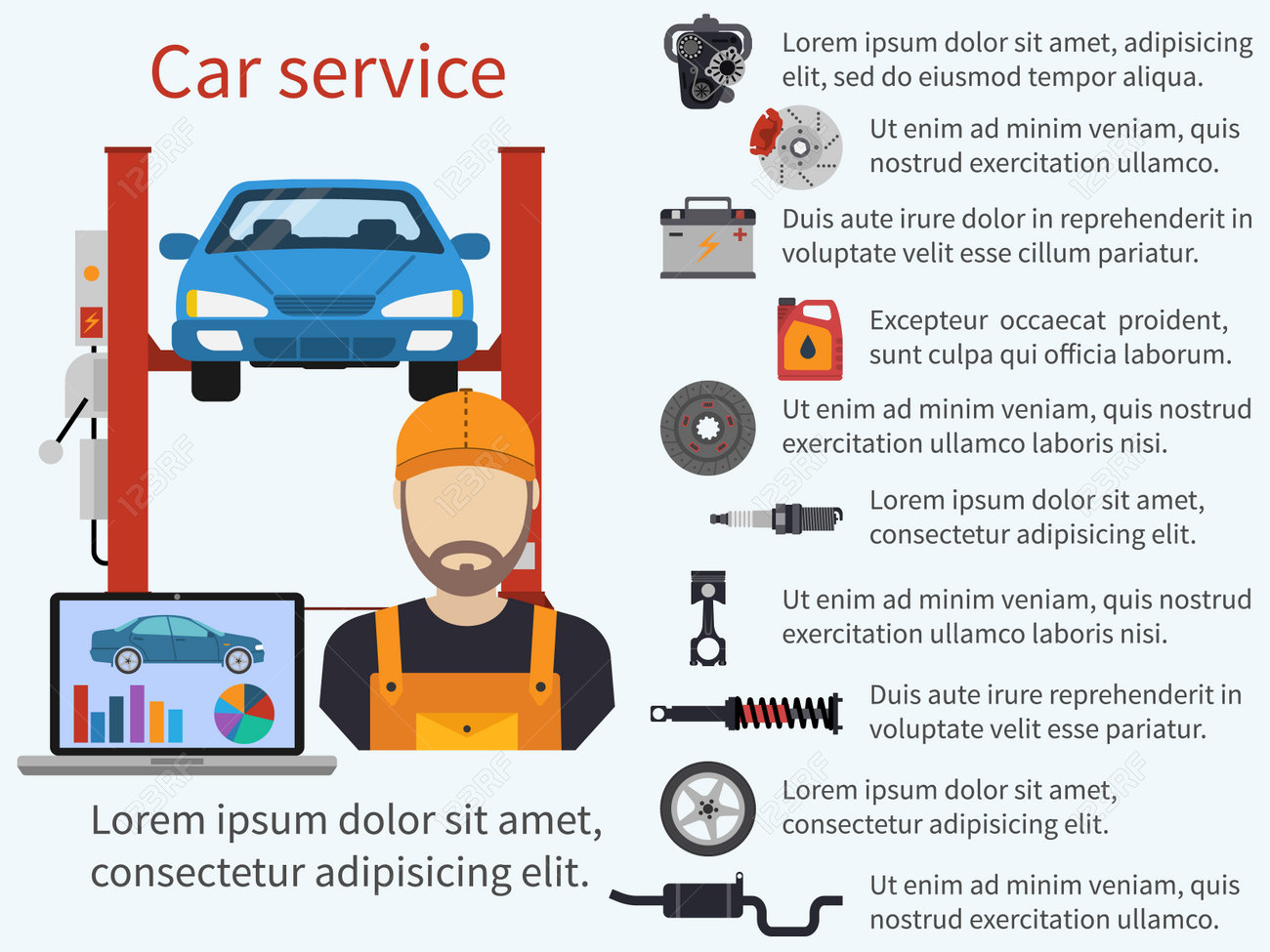Open The Hood To Check Out Typical Brake System Faults And Their Options
Open The Hood To Check Out Typical Brake System Faults And Their Options
Blog Article
Article Writer-Spence Brooks
When it concerns your lorry's brake system, understanding typical issues can conserve you from prospective safety and security hazards. From determining brake pad wear to addressing brake liquid leakages, recognizing just how to take on these issues is crucial. However what concerning those squishy brake pedals? There's a fix for that too. Keep tuned to read auto body repair regarding these concerns and the practical services that can keep you safely on the road.
Brake Pad Put On and Replacement
When it comes to preserving your vehicle's brake system, one essential aspect to keep an eye on is the wear and replacement of brake pads. Brake pads are vital parts that push versus the brake blades to decrease or stop your vehicle. With time, these pads wear down due to friction, calling for normal inspection and substitute to guarantee your brakes work successfully.
To determine if your brake pads require replacement, pay attention for shrilling or grinding sounds when you apply the brakes. In addition, if your lorry takes longer to quit or you observe vibrations or pulsations when stopping, it may be time to change the brake pads.
Disregarding worn brake pads can lead to decreased braking efficiency, damage to other brake components, or even brake failure.
Changing brake pads is a relatively straightforward process for many vehicles. Nonetheless, if you're not sure or awkward doing this task, it's finest to speak with a professional mechanic to make certain appropriate installment and optimum brake efficiency.
On a regular basis inspecting and changing brake pads is important for your security and the longevity of your vehicle's stopping system.
Brake Liquid Leaks and Upkeep
To guarantee your car's brake system works optimally, it is very important to likewise focus on brake liquid leakages and upkeep. Brake liquid is vital for sending the force from your foot on the brake pedal to the actual stopping system. One common issue with brake liquid is leaks, which can take place because of deteriorated brake lines, seals, or links. If https://angelosmhbw.idblogz.com/30383486/look-into-the-shifting-standard-of-auto-maintenance-in-the-context-of-electrification observe a puddle or trickles under your car, it's essential to deal with the leak without delay to prevent a potential brake failing.
Regularly examining your brake fluid degree is essential to preserving your brake system. Low brake liquid can bring about air going into the brake lines, which endangers stopping performance.
In addition, old or infected brake fluid can influence the overall efficiency of your brakes. It's suggested to follow the producer's guidelines on when to transform the brake fluid, normally every 2 years.
Spongy Brake Pedal: Bleeding Brakes
If you have actually ever experienced a mushy brake pedal while driving, you understand the significance of keeping a company and responsive braking system. One typical cause of a squishy brake pedal is air trapped in the brake lines. When air goes into the brake system, it can bring about a loss of hydraulic stress, causing that upsetting squishy sensation when you press the brake pedal.
To resolve this concern, bleeding the brakes is essential. Bleeding the brakes includes removing the air from the brake lines to bring back appropriate hydraulic stress.
To hemorrhage the brakes, you'll need a helper to help you. Beginning by locating the brake bleeder shutoff on each wheel, typically located near the brake caliper. With https://vehicle-suspension-testin17284.bleepblogs.com/30373649/start-your-blowout-adjustment-by-putting-together-the-secret-tools-and-taking-that-critical-primary-step-read-on-for-ideas-to-make-certain-a-smooth-journey-back-to-driving , loosen the shutoff and have your assistant press the brake pedal while you observe any air bubbles coming out. Repeat this process for each and every wheel, starting from the wheel farthest from the master cyndrical tube and relocating closer.
As soon as you no more see air bubbles and just clear fluid arises, tighten up the valve and top up the brake liquid reservoir as needed. Hemorrhaging the brakes aids ensure a firm brake pedal and boosts total braking performance.
Final thought
Now that you comprehend common brake concerns and just how to repair them, you can ensure your automobile's security and efficiency. Bear in mind to listen for warning signs like shrieking noises or squishy brake pedals, and address them without delay. Routine upkeep and timely substitutes are essential to maintaining your brakes in top condition. Stay proactive and conscientious to your brake system to delight in safe and trustworthy driving experiences.
